Understanding Dog Allergies in Your Home
Dog allergies affect millions, triggered primarily by proteins found in dander (dead skin flakes), saliva, and urine. Unlike seasonal allergies, these persist year-round indoors. Common symptoms include:
Persistent sneezing & runny nose
Itchy, watery eyes
Skin rashes (hives, eczema)
Asthma exacerbations (coughing, wheezing)
Congestion lasting >2 weeks
Crucial Distinction: Symptoms often worsen shortly after contact with the dog or in rooms where they spend significant time, differentiating them from colds or environmental pollen allergies.
Identifying Your Specific Allergy Sources
Not all dog allergies are identical. Pinpointing the trigger is vital:
Dander: Microscopic skin flakes are the most common culprit, easily airborne and clinging to fabrics.
Saliva Proteins: Deposited on fur during grooming, then spread onto furniture and human skin via contact.
Urine Proteins: Primarily an issue with accidents or inadequate cleaning, especially on carpets.
Secondary Allergens: Dogs can track in pollen, mold spores, and dust mites, complicating diagnosis.
Action Step: Consult an allergist for specific IgE blood tests or skin prick tests to confirm dog allergens are the primary cause before major environmental changes.
Effective Home Management Strategies for Dog Owners
Implementing targeted environmental controls significantly reduces allergen load:
1. Create Allergy-Safe Zones
Bedroom Sanctuary: Make bedrooms strictly off-limits to your dog. This provides an 8-hour daily respite.
Furniture Rules: Prohibit dogs from upholstered furniture. Use washable throws if they must access specific chairs.
2. Optimize Cleaning Protocols
HEPA Filtration: Use certified HEPA air purifiers in main living areas and bedrooms (run continuously). Vacuum cleaners must have HEPA filters to prevent recirculation.
Frequent Vacuuming: Vacuum carpets, rugs, and upholstery 2-3 times weekly using HEPA vacuums. Consider replacing wall-to-wall carpeting with hard flooring.
Dust Control: Damp-dust surfaces weekly with microfiber cloths trapping allergens.
Wash Fabrics: Wash dog beds, blankets, and human bedding weekly in hot water (>130°F/55°C) using hypoallergenic detergent.
3. Direct Dog Care & Hygiene
Regular Bathing: Bathe your dog bi-weekly using veterinarian-approved, hypoallergenic shampoos to reduce surface dander and saliva.
Grooming Location: Brush dogs outdoors frequently to capture loose hair and dander before it disperses indoors. Wear a mask while grooming.
Paw Wiping: Wipe paws and coat with a damp cloth after outdoor walks to remove pollen and mold.
4. HVAC & Air Quality Management
Filter Upgrades: Use high-efficiency MERV 11-13 filters in your central HVAC system, changing them every 60 days.
Manage Humidity: Maintain indoor humidity between 30-50% using dehumidifiers to inhibit mold and dust mites, which can worsen allergic responses.
Medical Management & Professional Support
Environmental controls work best alongside medical strategies:
OTC Relief: Antihistamines (e.g., cetirizine, loratadine) and nasal corticosteroids (e.g., fluticasone) manage mild symptoms.
Prescription Options: Discuss leukotriene modifiers or stronger nasal sprays with your doctor if OTC options fail.
Allergen Immunotherapy: Allergy shots (subcutaneous) or tablets (sublingual) offer long-term tolerance by desensitizing your immune system – discuss with an allergist.
Veterinary Consultation: Rule out underlying skin conditions in your dog causing excessive dander or licking. Discuss omega-3 fatty acid supplements for skin health.
Living Comfortably with Your Canine Companion
Managing dog allergies requires consistent effort but allows for a harmonious home. Focus on creating allergen-reduced zones, rigorous cleaning, proactive dog hygiene, and appropriate medical consultation. Success hinges on a multi-pronged approach tailored to your specific sensitivities.
Frequently Asked Questions (FAQ)
Q: Are “hypoallergenic” dog breeds truly allergy-free?
A: No dog breed is 100% hypoallergenic. While some breeds (like Poodles or Schnauzers) shed less dander, they still produce allergenic saliva and urine proteins. Individual sensitivity varies greatly.
Q: How long do dog allergens persist in a home after a dog leaves?
A: Dog allergens can remain at significant levels in carpets and upholstery for months (4-6 months or more). Deep cleaning, replacing carpets, and thorough HVAC duct cleaning are often needed.
Q: Can air purifiers alone solve my dog allergy problems?
A: While HEPA air purifiers are a critical component, they cannot eliminate allergens embedded in carpets, furniture, or bedding. They must be used in conjunction with rigorous cleaning, bathing, and creating pet-free zones.
Q: Is frequent bathing harmful to my dog’s skin?
A: Over-bathing can strip natural oils. Stick to a bi-weekly schedule using gentle, vet-recommended shampoos formulated for dogs. Consult your vet for the optimal regimen for your dog’s breed and skin type.

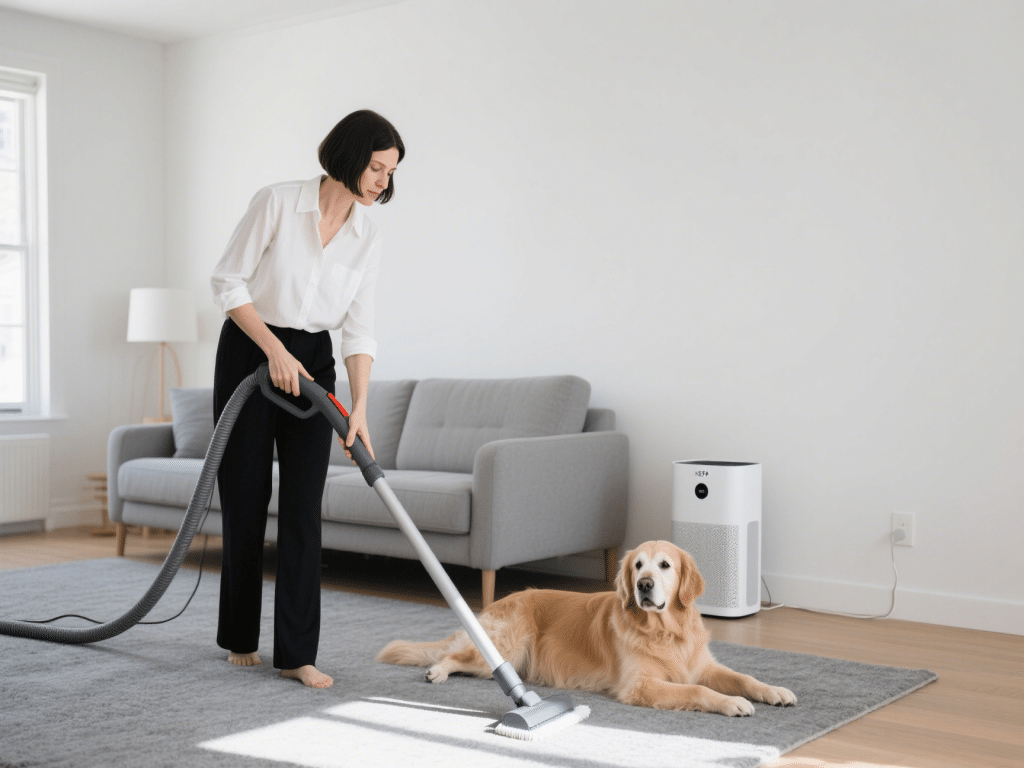

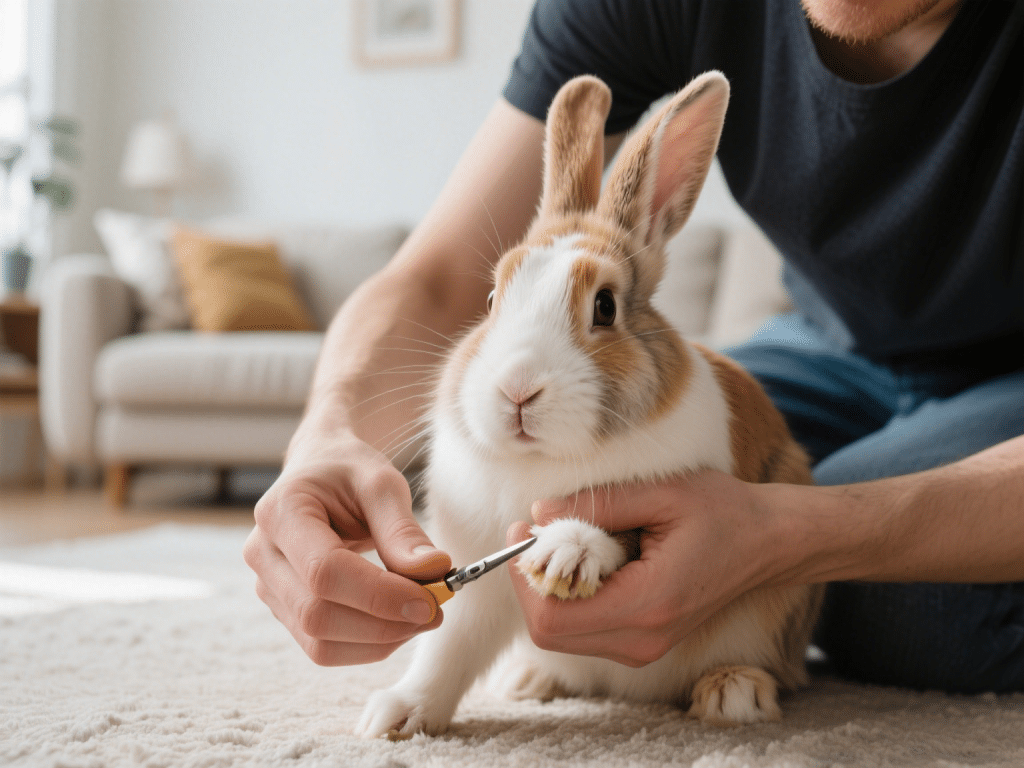
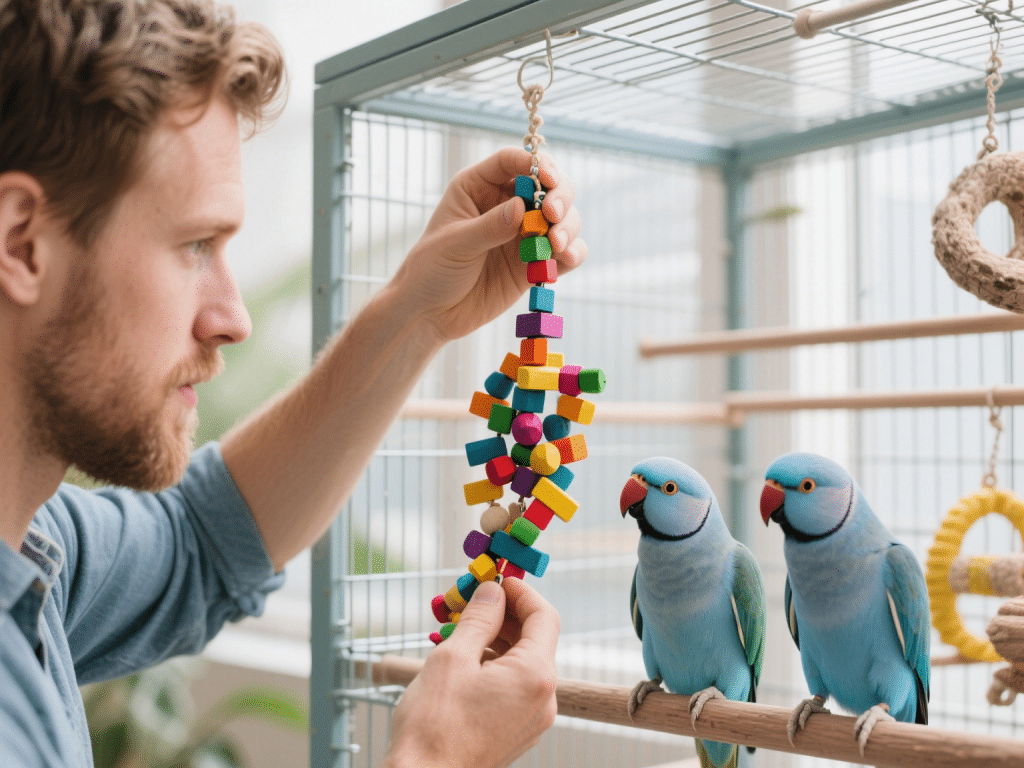


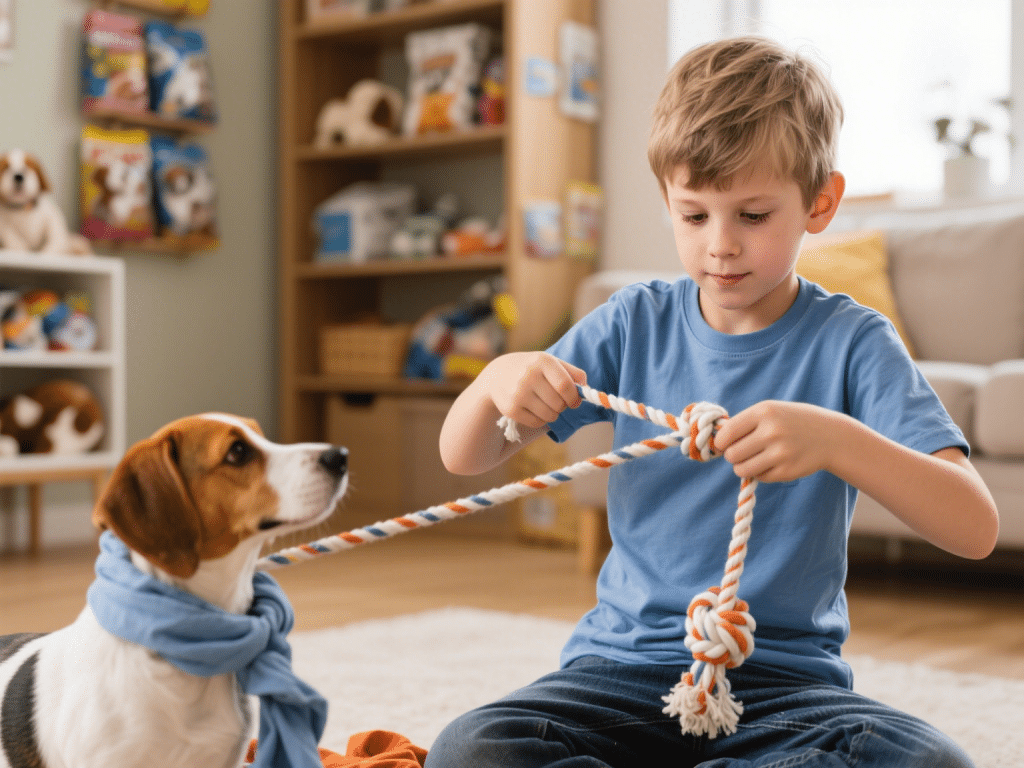

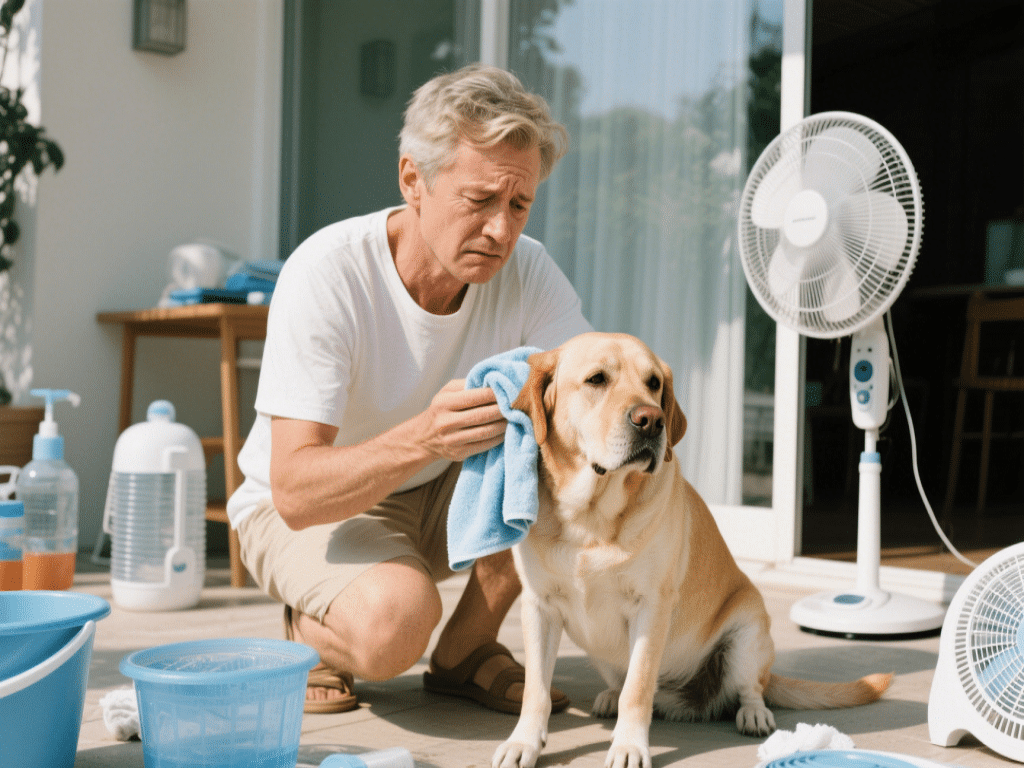
Comments on " Identifying and Managing Dog Allergies: A Homeowner’s Guide" :